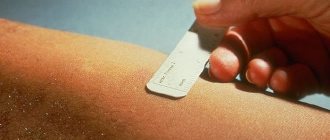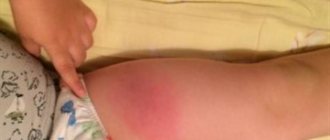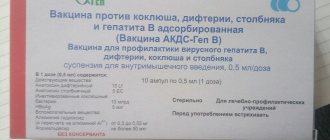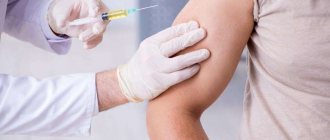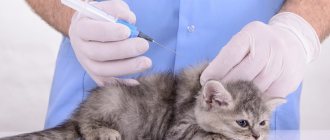home
Our directions
Treatment room
Subcutaneous injections
The method of injecting medications into the fat layer under the top layer of skin is called subcutaneous injection.
Why choose us?
We will relieve pain and inflammation
Experienced staff with experience
All manipulations are absolutely safe
We give injections at home
- Prevention program as a gift
- Save on treatment up to 30%
- FAQ
Where is the subcutaneous injection given and how?
The outer surface of the shoulder, the area under the shoulder blade, the outer and front surface of the thigh, and the side of the abdomen are excellent sites for subcutaneous injection. In all these areas of the body, you can easily gather the skin into a fold and at an angle of 45 degrees and through a thin needle, smoothly inject the medication solution. Thanks to this method of drug administration, blood vessels and nerves are not injured.
Administering a subcutaneous injection requires special skill so as not to pierce the skin to the muscle or vice versa and introduce the medicine intradermally. All manipulations are carried out in compliance with the rules and requirements of sanitation, under sterile conditions.
The method of performing subcutaneous injections is quite simple, so many patients suffering from type 1 diabetes mellitus regularly self-administer insulin. The rate of absorption of the administered pancreatic hormone directly depends on the location of its entry. Therefore, subcutaneous insulin injections cannot be given as intramuscular or intradermal injections, as this can have a negative impact on the patient’s condition at any time. Patients with normal or underweight are recommended to use syringes with short needles.
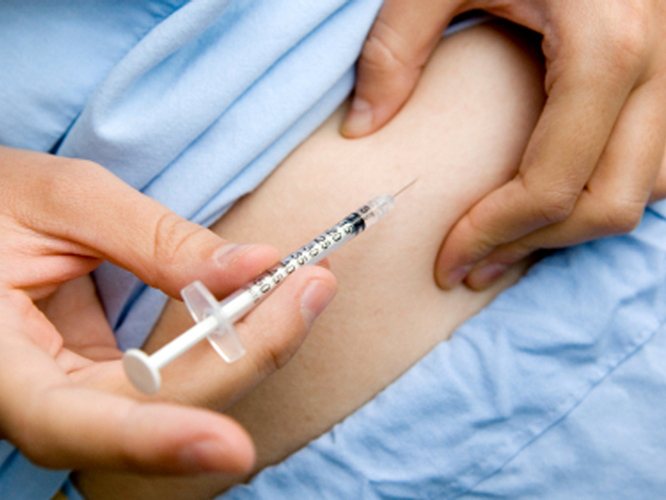
Intradermal and subcutaneous injections differ in the method of execution and the depth of administration of medications. Subcutaneous injections are made to a depth of 15 mm. Allergy tests are performed using intradermal injections and the Mantoux reaction is checked.
The staff of our medical center will provide quality care at home or in the clinic’s treatment room. All our specialists have extensive experience and will perform the necessary subcutaneous injections almost painlessly. We are always ready to help you regain your health!
The cost of subcutaneous injections can be found out by calling the Healthy People clinic or looking at the website in the prices section.
Brief Explanation

There are several types of injections. The most common:
- Intravenous - the drug enters directly into the blood, so it is absorbed faster and dissolves evenly.
- Intramuscular. This type does not deliver the medicine directly into the blood. The drug is absorbed by small blood vessels under the skin.
Injections in the stomach are not uncommon, but why are they given? The range of applications is wide: during ART procedures, diabetes, varicose veins, atherosclerosis, coronary disease, etc. During IVF, there are a number of specific stages: stimulation, puncture, transfer. For the first phase, a hormonal drug is used (hCG, Pregnyl, Gonal-f, Ovitrel, Diferelin, etc.) and at the same time medications are prescribed to stabilize d-dimers that affect implantation. Drugs: fragmin, fraxiparin, heparin.
Injection sites
[ads-mob-1]
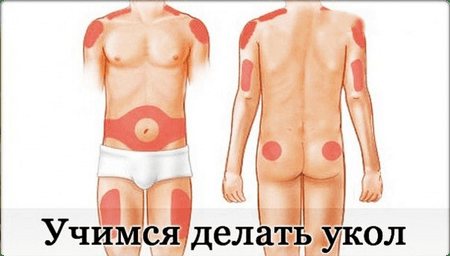
Depending on the indications, the injection can be given in different places. Usually the doctor tells you exactly where to inject. The area is also indicated in the annotation for the medicine. If we consider injections during ART procedures, many clinics prohibit performing medical procedures at home. A woman must arrive at the appointed time and get an injection on a first-come, first-served basis. Many refuse due to the inconvenience and carry out the procedure at home on their own. Stimulating drugs are injected into the stomach, blood thinners into the front of the thigh. Main injection sites:
- belly: at or below the navel, about two centimeters from it;
- arm: back or side of shoulder;
- leg: front of thigh;
- buttock: upper right part.
Injections in the stomach are especially often prescribed during IVF. It is best to carry out manipulations at the same time, alone, in a place where there will be no distractions. A kitchen or bathroom is best.
Adviсe
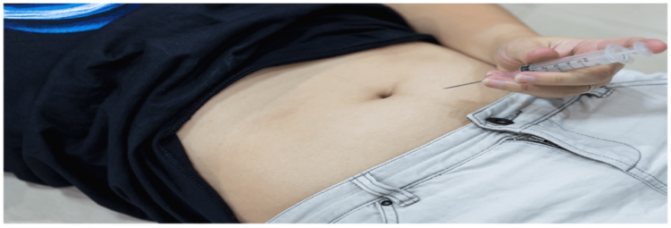
- Never prick with cotton, because this requires professional skill. This could cause injury to you.
- There should be no air bubbles in the syringe. They get rid of them by small clicks on the tube and injecting a minimum dose of medicine into the air.
- Never use a syringe and needle more than once.
Video: How to give a subcutaneous injection. Let's study together
More information about the syringe
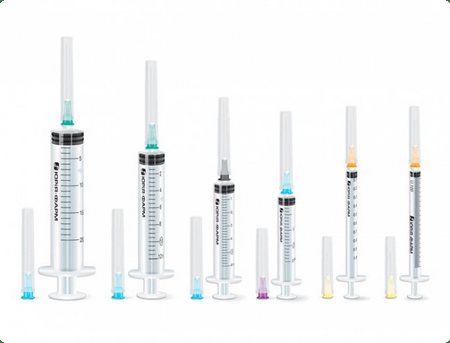
It includes 4 parts: needle, cap, barrel and plunger. It is the needle that enters the skin. The barrel is filled with medicine and has special markings for milliliters (ml). The plunger is used to draw medications into and out of a syringe. Kinds:
- Insulin: maximum 1 ml of medication. The tube is marked from 10 to 100. The scale of 100 is equal to 1 ml. Marking at level 50 is equal to ½ ml.
- Tuberculin: holds up to 1 ml of medicine. It has a needle that is slightly longer than an insulin syringe. It is marked every 0.1 ml.
- Regular: holds 2-30 ml of medicine.
During the protocol, a 2 ml syringe or a special syringe pen with replaceable disposable needles is used.
The Ministry of Health explained how to get vaccinated against COVID-19
Vaccination against coronavirus infection is required for all healthy adult Russians with their voluntary consent. Before the injection, doctors are required to examine them and tell them about possible complications. Tests for COVID-19 should only be done by those who have symptoms of the disease. The Ministry of Health gave such recommendations to the regions in the Standard Operating Procedure, which it published on January 19. The document explains all the nuances of vaccination with Sputnik V. What the vaccine should look like, who the Ministry of Health will not allow to get vaccinated and what can happen after the injection, the Parliamentary Gazette looked into.
Half a milliliter of colorless liquid
The Ministry of Health orders that the drug be stored frozen at a temperature not lower than minus 18 degrees. After thawing, the vaccine should be colorless and slightly cloudy, perhaps a yellowish tint. But when the doctor draws the liquid into the syringe, there should no longer be any ice in the ampoule. The volume of one injection is 0.5 milliliters. The drug is injected into the shoulder, after which the person must remain under medical supervision for half an hour.
Since the vaccine is two-component, there should be two injections in total, the second one is given 21 days after the first.
The Ministry of Health sent the regions rules for vaccination against coronavirus
Pre-injection examination
All adults who have no medical contraindications are allowed to be vaccinated with Sputnik V. They must give voluntary consent to the vaccination. Before vaccination, they must fill out a questionnaire, after which they will be examined by a doctor: he will measure temperature, pulse, blood pressure, saturation, listen to the functioning of the heart and lungs, and examine the throat.
Doctors are required to tell you in advance about possible complications, including general malaise, chills, slight fever, joint and muscle pain, pain at the injection site, swelling, and headache. This reaction is acceptable in the first days after the injection. In rare cases, nausea, stomach discomfort, and loss of appetite may occur.
Golikova spoke about the differences between Russian vaccines against COVID-19
Who should not be vaccinated
Contraindications to the Sputnik vaccination include hypersensitivity to any component of the drug. Therefore, vaccination will be denied to those who have previously experienced severe allergic reactions, although what exactly is not specified in the document.
People are also not vaccinated for acute infectious and non-infectious diseases, as well as for exacerbation of a chronic disease. In this situation, the patient will be asked to return two to four weeks after recovery or remission.
If a person has a mild ARVI or an acute gastrointestinal infection, then he will not be vaccinated only at an elevated temperature - as soon as it returns to normal, an injection can be given immediately. Pregnant and nursing mothers are not eligible for vaccinations. Children are also not vaccinated, since there is no data yet on the effectiveness and safety of the vaccine for them, the Ministry of Health clarified.
WHO does not recommend introducing COVID-19 vaccination passports
Let us remind you that vaccination is not a treatment, but a prevention, so those who are already sick with Covid do not need such injections. Those who have already been ill have antibodies and should not be vaccinated either.
If after the first injection a person experiences severe complications - anaphylactic shock, severe allergic reactions, convulsions, temperature above 40 degrees - then the second component will not be administered to him.
Special cases
There are a number of diseases for which the Ministry of Health recommends vaccination against coronavirus “with caution”: the final decision on vaccination should be made by doctors, accurately assessing the balance of benefit and risk in each specific case. Such prescriptions apply to people with chronic liver and kidney diseases, epilepsy and other diseases of the central nervous system, as well as certain diseases of the cardiovascular and endocrine systems - this includes diabetes mellitus, myocarditis, acute coronary syndrome and others.
The Ministry of Health also warned that vaccination may pose a risk for patients with autoimmune diseases and oncology. This reservation was made due to a lack of information about the effect of the drug on such patients, the agency explained.
The doctor named two medicines that cannot be used for COVID-19
Do I need to take a smear before vaccination?
In the letter, the Ministry of Health emphasized that a laboratory test for the presence of antibodies to coronavirus infection is not necessary before vaccination. But if a person has done such a test himself, and it turns out to be positive, then he no longer needs to be vaccinated.
But if a patient says that over the past two weeks he has had “Covid” symptoms, or during this time he has been in contact with a patient with coronavirus, then doctors are required to take a COVID smear from him.
How to sign up for vaccination through State Services
On January 18, as ordered by President Vladimir Putin, mass vaccination against coronavirus began in Russia. You can sign up for an injection using the regional government services portal; in some regions, registration is also done through the MFC. On the federal government services portal, the registration form is currently in test mode, but those interested can try it out now. Everything is simple there - select a city, enter your data, and then choose a place where you can get vaccinated. From January 31, this service will be provided on the portal in full mode, Deputy Prime Minister Dmitry Chernyshenko promised on January 19. “Even if you have never been to the portal, you can easily register through your mobile phone without leaving your home,” RIA Novosti quoted him as saying.
Procedure
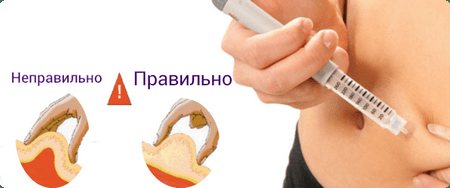
- Wash your hands with soap and water. Dry with a towel.
- Open an alcohol wipe or soak a cotton swab with vodka: wipe the area of the abdomen where you plan to inject. Wait a few seconds for it to dry.
- Draw the medicine into the syringe. Oily progesterone needs to be warmed, but not in boiling water! For drugs in a syringe pen, you need to select the dosage on the tube itself with a twisting motion. Insert a disposable needle.
- Hold the syringe like a dart with the thumb and first three fingers of either hand. Pull the cap off the needle with your other hand.
- Take as much of the skin as possible plus the underlying fat. Do not inject the drug into an area that is bruised, red, or hard.
- Hold the barrel of the syringe firmly and use your wrist to push the needle into the skin. Penetration must be fast. Once the needle is all the way down, press the plunger slowly to inject the medicine.
- Remove the needle at the same angle at which you inserted it. Gently wipe the injection area with an alcohol wipe.
It is important to properly dispose of waste material. Purchase a special hard plastic container or glass jar with a lid. Make sure that the syringe and needle fit easily into the container and cannot pierce it.
A set of the drug from a bottle into a syringe
#1
#2
. Fill the syringe with as much air as you need to administer the medication. This action makes it easier to draw the medicine from the bottle.
#3
. If the solution is produced in an ampoule, then it must be opened and placed on the table surface.
#4
. You can open the ampoule using a paper towel, this way you can avoid cuts. When collecting the solution, do not poke the needle into the bottom of the ampoule, otherwise the needle will become dull. When there is little solution left, tilt the ampoule and collect the solution from the wall of the ampoule.
#5
. When using a reusable bottle, you need to pierce the rubber cap with a needle at a right angle. Then turn the bottle over and introduce into it the air that was drawn in before.
#6
. Fill the syringe with the required volume of solution, remove the needle and put the cap on it.
#7
. Change needles using the one you will use to inject. This recommendation must be followed if the solution is drawn from a reusable bottle, since the needle becomes blunt when piercing the rubber cap, although this is not visually noticeable. Remove any air bubbles in the syringe by squeezing them out and prepare to inject the solution into the tissue.
#8
. Place the syringe with the needle cap on a non-contaminated surface. If the solution is oily, it can be warmed to body temperature. To do this, you can hold the ampoule or bottle under your arm for about 5 minutes. Do not stand under running hot water or in any other way, because in this case it is easy to overheat. A warm oil solution is much easier to inject into the muscle.
Causes and types of disease
Bronchitis develops after a flu or cold, can accompany them or occur independently. When viruses act on the bronchial mucosa, they are damaged, which creates favorable conditions for bacterial flora to penetrate inside. If viral pathogens are joined by bacterial ones, the immune system is weakened and cannot cope on its own, only then is treatment of bronchitis with antibiotics justified.
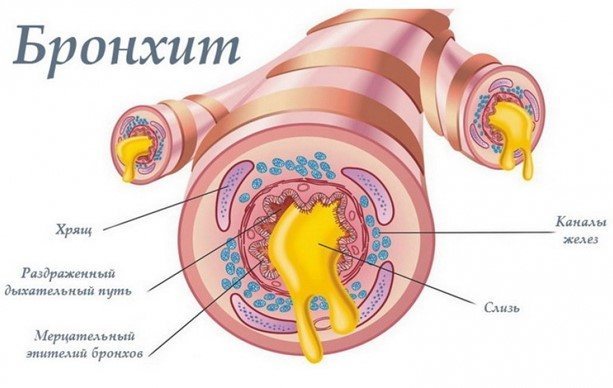
There are several types of bronchitis:
- Acute bronchitis. This form of the disease begins to develop against the background of an acute respiratory viral infection or influenza. The disease is caused by a virus; it has a structure radically different from the bacterial one; antibiotics for bronchitis in this case are inappropriate. With a good immune response, the body can cope on its own; the patient is prescribed rest, plenty of fluids, symptomatic treatment, in the form of cough medications, expectorants. Ambroxol, Bromhexine, Herbion are used to treat wet cough. For dry cough, Sinekod, Codelac Fito and others are recommended.

The body of every person is inhabited by so-called opportunistic microorganisms. In severe cases and poor immune defense, these bacteria cause disease. With bronchitis it can be staphylococci, streptococci. Antibiotics for acute bronchitis in adults are indicated when the patient:
- High temperature (37.5-380C and above) for more than 5 days;
- Severe cough with purulent sputum. It may be yellow or green in color, with bloody clots, and has a foul odor;
- Characteristic signs of intoxication;
- In the blood test, an increase in the level of ESR above 20 mm/h, leukocytes 12000 in 1 μl;
- Breathing like grunting. There are yielding areas in the chest when inhaling air.
- Chronic bronchitis is characterized by frequent relapses of the disease. Bronchitis is considered chronic if it lasts for more than three months over a total of two years. The patient is characterized by a cough with the discharge of mucous sputum. More often, antibiotics for this form of bronchitis are prescribed to young people and the elderly to prevent relapses, for example, in case of hypothermia.
If the injection is given incorrectly
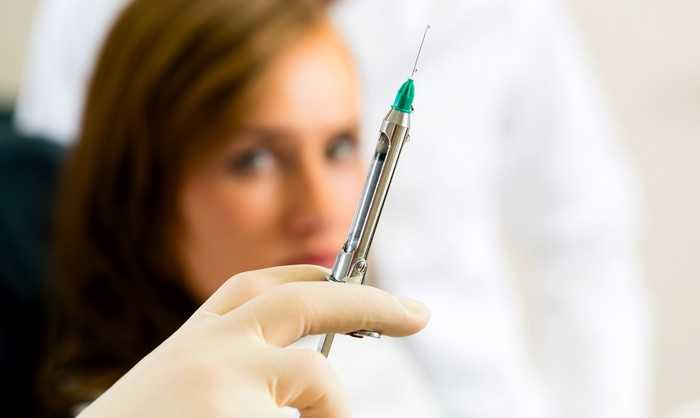
If the technology for administering the medicine has been violated, complications of varying degrees may occur:
- hematoma (when a needle gets into a small blood vessel, blood gets under the skin and a bruise forms. It does not require treatment and disappears on its own after some time. You can use products such as “Badyaga”);
- compaction (infiltrate) – accumulation of liquid medicine in the subcutaneous layer. Most often occurs when administered quickly or when an intramuscular injection enters fatty tissue. As a rule, infiltrates are painless and resolve on their own. If they do not cause discomfort or pain, then no additional measures need to be taken. In this case, you need to choose a different place for injections. To speed up the resorption of the lump after the injection, you can apply an alcohol compress to this place, make an iodine mesh; traditional medicine recommends applying a cabbage leaf, covering it with plastic wrap on top;
- abscess is an inflammatory process that occurs when the injection site becomes infected. It begins with redness, swelling, throbbing pain is possible, and body temperature may rise. If unpleasant alarming symptoms occur, it is better to consult a specialist, since an advanced abscess will have to be opened surgically;
- severe pain, movement disorders, temporary paralysis occurs when a needle enters a nerve (for example, the sciatic). In this case, you should consult a neurologist.




